Intro
As a loving pet owner, ensuring the health and well-being of your senior dog is a top priority. One effective way to combat health issues in aging canines is by providing them with nutritious homemade meals.
By preparing meals at home, you have control over the ingredients and can tailor the recipes to meet your senior dog’s specific dietary needs. Homemade dog food has gained popularity in recent years for its numerous health benefits, especially for senior dogs.
Understanding Health Issues and the Dietary Needs of Senior Dogs

Navigating the nutritional landscape for senior dogs requires a nuanced understanding of how their bodies change over time. As our canine companions enter their golden years, their digestive efficiency may decrease, necessitating diets that are easily digestible and packed with nutrients essential for maintaining health. The focus shifts towards maintaining a healthy weight and supporting organ function, with a particular emphasis on renal and hepatic health, which can be supported through carefully chosen ingredients.
In the journey of caring for a senior dog, it’s important to remember that what worked for them in their younger years might not suffice as they age. Their energy levels taper off, necessitating a reduction in calorie intake to prevent unnecessary weight gain, which can exacerbate health issues such as arthritis. However, it’s not just about reducing quantities; it’s about refining the quality of every calorie they consume. Incorporating foods rich in omega-3 fatty acids, antioxidants, and lean proteins can greatly enhance their quality of life.
Senior dogs often face challenges that can be mitigated through dietary adjustments. For instance, joint health becomes a significant concern, and diets supplemented with glucosamine and chondroitin can provide much-needed relief. Cognitive function, too, can be nurtured with the right nutrients, highlighting the importance of a diet that addresses the multifaceted needs of aging canines. This bespoke approach ensures each meal supports their unique health requirements.
The art of feeding senior dogs lies in striking a perfect balance between palatability and nutrition. Their senses may dull with age, making food less appealing, which can lead to reduced food intake. Enhancing meals with natural flavors and scents can encourage appetite, ensuring they receive the nutrition they need. It’s about understanding the delicate dance between enticing their taste buds and nourishing their bodies.
Ultimately, each senior dog is an individual, with distinct preferences and health needs. Tailoring their diet to these preferences, while ensuring they receive the necessary vitamins, minerals, and macronutrients, can be a rewarding endeavor. It requires patience, observation, and a willingness to adapt as their needs evolve. By prioritizing their nutritional well-being, we pave the way for a graceful and vibrant journey through their senior years.
The Benefits of Homemade Meals for Aging Canines
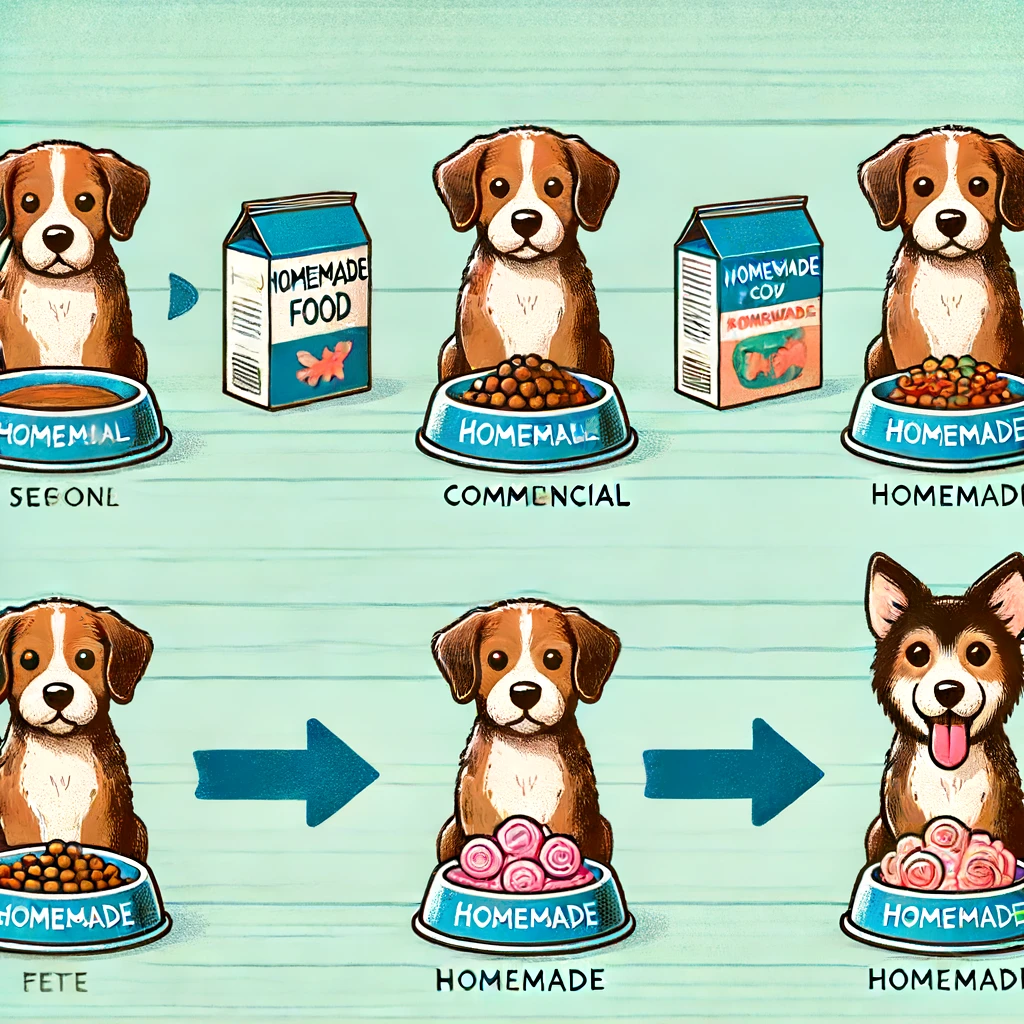
Crafting meals within the comfort of your home provides an unparalleled opportunity to ensure every dish served to your senior dog is brimming with nutrition specifically catered to their advancing age. This hands-on approach allows pet owners to selectively include whole, unprocessed ingredients, thereby maximizing the nutritional intake per bite. It’s a proactive step towards promoting longevity and vitality, giving our beloved pets the strength they need to navigate their senior years with grace.
From the perspective of customization, homemade meals stand out as a beacon of flexibility. Each recipe can be adjusted to cater to the unique health requirements and taste preferences of your senior dog. Whether it’s incorporating ingredients that support joint health or avoiding those that may trigger sensitivities, the control is entirely in your hands. This level of personalization is rarely achievable with off-the-shelf dog food, making home cooking an invaluable tool in managing the well-being of aging canines.
Another significant advantage of preparing your senior dog’s meals at home is the peace of mind that comes from knowing exactly what you’re feeding them. In today’s market, even premium dog foods can contain fillers and artificial additives that offer little nutritional value and, in some cases, might even harm your pet’s health. By choosing each ingredient yourself, you eliminate the guesswork and ensure that your dog is only consuming wholesome, beneficial components.
Engaging in the preparation of your senior dog’s meals also fosters a deeper bond between pet and owner. This process is not just about nutrition; it’s an act of love and care. Observing their reactions to different ingredients and tailoring meals to delight their palate can strengthen the connection you share, making mealtime a joyous occasion for both of you. It transforms feeding from a routine task into a meaningful interaction, enhancing your dog’s quality of life not just physically, but emotionally as well.
Key Ingredients to Include in Your Senior Dog’s Diet
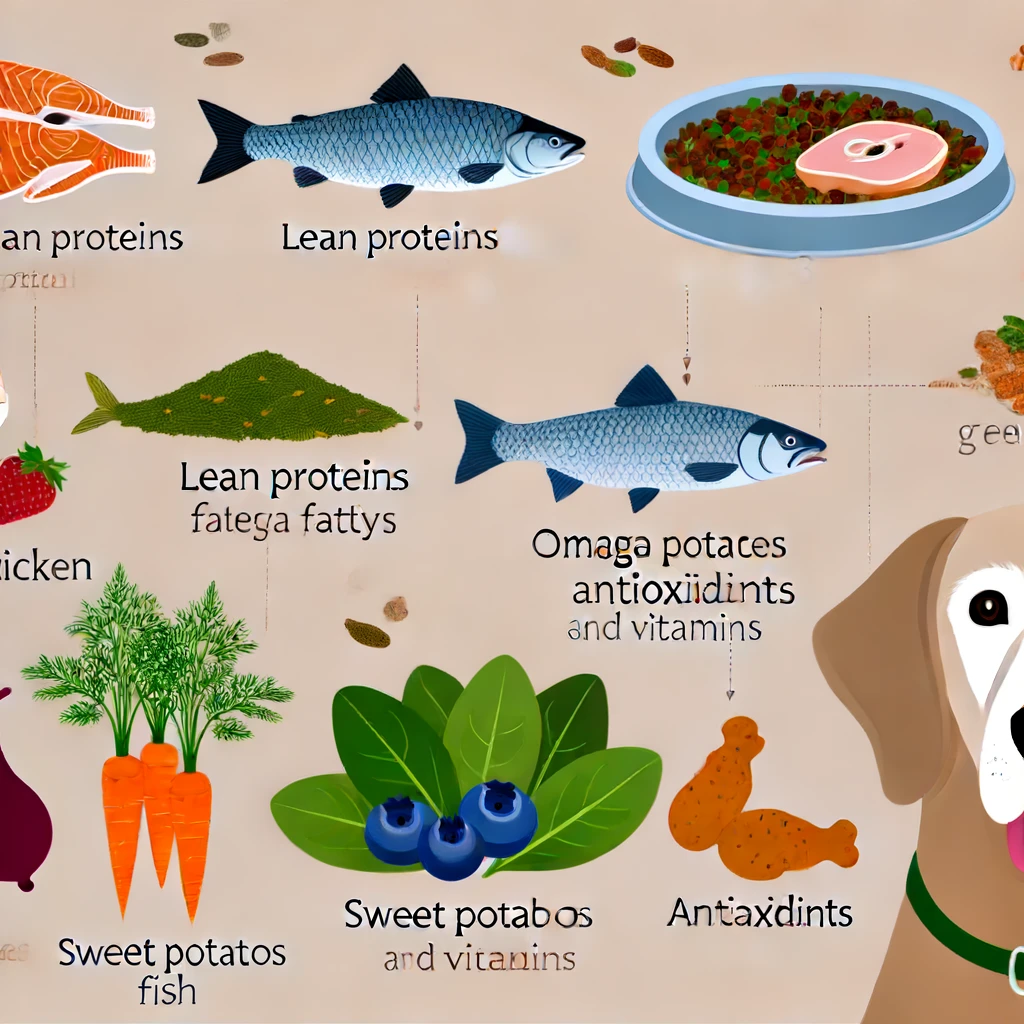
Crafting a diet for a senior dog is akin to painting a masterpiece; every ingredient plays a crucial role in the overall picture of health. Lean proteins, such as chicken, turkey, and fish, offer the building blocks for muscle maintenance without overburdening aging organs. Carbohydrates like sweet potatoes and brown rice provide the necessary energy while being gentle on the digestive system. Including these elements in your senior dog’s meals ensures a balanced diet that supports their bodily functions as they age.
When it comes to fats, the focus should be on quality rather than quantity. Healthy fats, such as those found in flaxseed oil or fish oil, deliver omega-3 fatty acids essential for managing inflammation and maintaining cognitive health. These fats are not just about keeping a glossy coat but also about supporting brain function and joint health, critical for the well-being of your senior companion.
A symphony of vitamins and minerals must be orchestrated through the inclusion of a variety of fruits and vegetables. Blueberries offer antioxidants that fight against cellular damage, while carrots provide beta-carotene for eye health, and leafy greens like spinach are rich in iron and fiber, promoting digestive health and energy. This rainbow of ingredients ensures that your senior dog’s diet is as vibrant and nutritious as possible.
Moreover, certain supplements might be beneficial, depending on your dog’s specific health needs. Ingredients like glucosamine for joint health or probiotics for gut health can be seamlessly integrated into homemade meals. These additions can help address age-related issues directly, ensuring your senior dog gets a tailored diet that meets their individual needs.
Remember, hydration plays a pivotal role in your senior dog’s diet. Ensuring they have access to fresh, clean water at all times complements the nutritional value of their meals, aiding in digestion and overall hydration. Including moisture-rich foods like cucumbers or watermelon can also contribute to their daily water intake, keeping them hydrated and happy.
Simple and Nutritious Homemade Meal Recipes
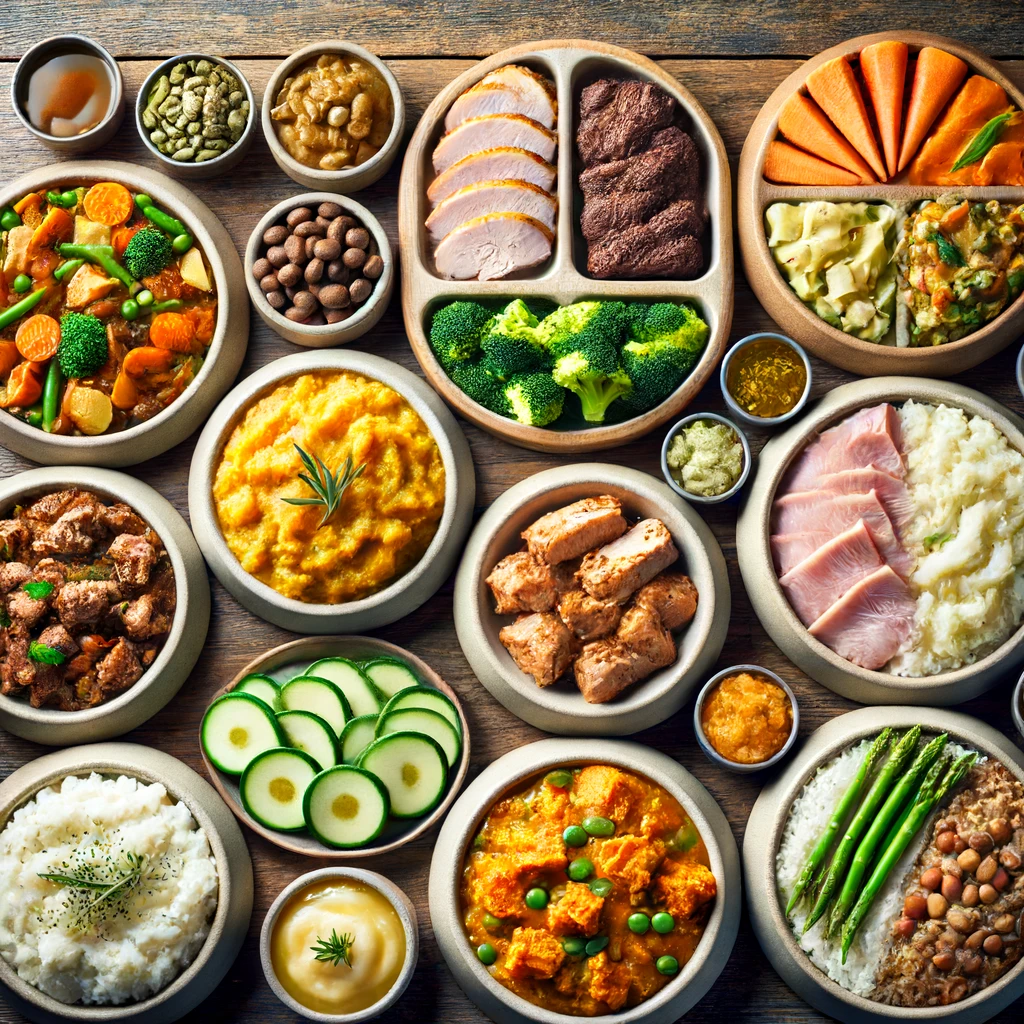
Embarking on the journey of crafting homemade meals for your senior dog opens a new chapter in their dietary management, offering a tapestry of flavors and nutrients that can significantly enhance their health and happiness. A favorite among many is the hearty chicken and vegetable stew, simmering chicken breasts with carrots, peas, and sweet potatoes in a low-sodium broth. This meal delivers a powerful punch of protein, vitamins, and minerals, all while being gentle on your senior dog’s digestive system.
Diving into the world of homemade dog food, another recipe that stands out is the beef and pumpkin puree. Ground beef, cooked until no longer pink, mixed with pureed pumpkin, and a sprinkle of turmeric, creates a nutrient-dense meal that’s not only delicious but also supports digestive health and joint wellness. The addition of turmeric adds anti-inflammatory properties, perfect for easing those senior dog aches and pains.
For pet owners looking to incorporate more fish into their dog’s diet, a simple salmon and oatmeal dish can work wonders. Cooking salmon, rich in omega-3 fatty acids, alongside oatmeal—a gentle source of fiber—can help support cognitive function and maintain a healthy coat. This meal can be a delightful change of pace, providing both nutrition and novelty to your senior dog’s menu.
Exploring another avenue, the turkey, rice, and green bean casserole is a testament to the simplicity and flexibility of homemade dog meals. Lean turkey provides low-fat protein, rice offers easily digestible carbohydrates, and green beans bring a crunch of low-calorie nutrients. It’s a balanced, comforting meal that can easily be adjusted in portion size to help manage your dog’s weight.
Lastly, venturing into the realm of supplements, adding a dollop of plain, unsweetened yogurt to any meal can introduce probiotics to your senior dog’s diet, promoting gut health and aiding in digestion. Whether it’s served alongside a dish or mixed in, it’s an effortless way to enhance the nutritional profile of your homemade meals.
Each of these recipes can be tailored to your senior dog’s specific dietary needs, offering a personalized approach to their nutrition that underscores your commitment to their health and well-being.
Avoiding Common Food Hazards
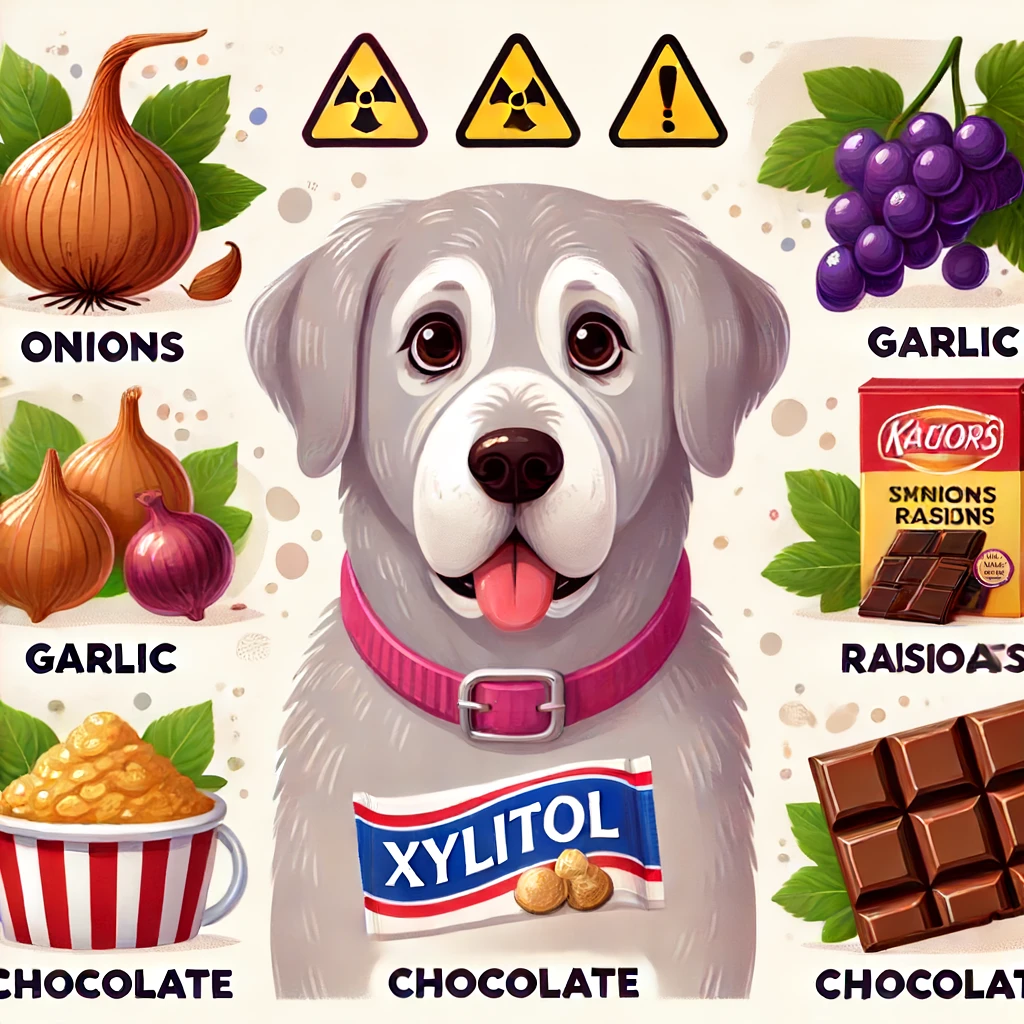
Embarking on the journey of crafting homemade meals for your beloved senior dog is an act of love, but it comes with the responsibility of recognizing and avoiding potential food hazards. Certain foods that are perfectly safe for humans can be detrimental to dogs. For instance, onions and garlic, while staples in human cuisine for their flavor-enhancing properties, can cause serious health issues in dogs, including anemia. This highlights the importance of thorough research and vigilance in selecting ingredients for your senior dog’s meals.
Additionally, it’s crucial to be aware that some seemingly benign foods like grapes and raisins have been linked to kidney failure in dogs. The exact cause of this reaction remains a mystery to veterinary scientists, but the risk is clear and present. Chocolate and xylitol, a sweetener found in many sugar-free products, are also well-documented dangers to canine health, leading to potentially fatal toxic reactions. When preparing meals, ensuring these ingredients are nowhere on your dog’s menu is essential for their safety.
Beyond the ingredients to avoid, the preparation of certain foods requires careful attention. Bones, whether cooked or raw, pose a choking hazard and can splinter, causing injury to your dog’s digestive tract. Similarly, while raw meat diets are popular, they come with risks of bacterial contamination, which can be especially dangerous for senior dogs with potentially compromised immune systems. Opting for properly cooked meats eliminates this concern, making meals safer for your senior companion.
Mindfulness about high-fat foods is also necessary. While fats are an important part of a dog’s diet, excessive amounts can lead to pancreatitis, a painful and potentially dangerous condition. Balancing the fat content in homemade meals will help maintain your senior dog’s health and prevent digestive issues.
By keeping these considerations in mind, you can ensure that your foray into homemade dog food provides your senior dog with the nourishment they need without exposing them to unnecessary risks. Careful ingredient selection and preparation can make home-cooked meals a safe and healthy option for your aging canine friend.
How to Transition Your Senior Dog to Homemade Meals
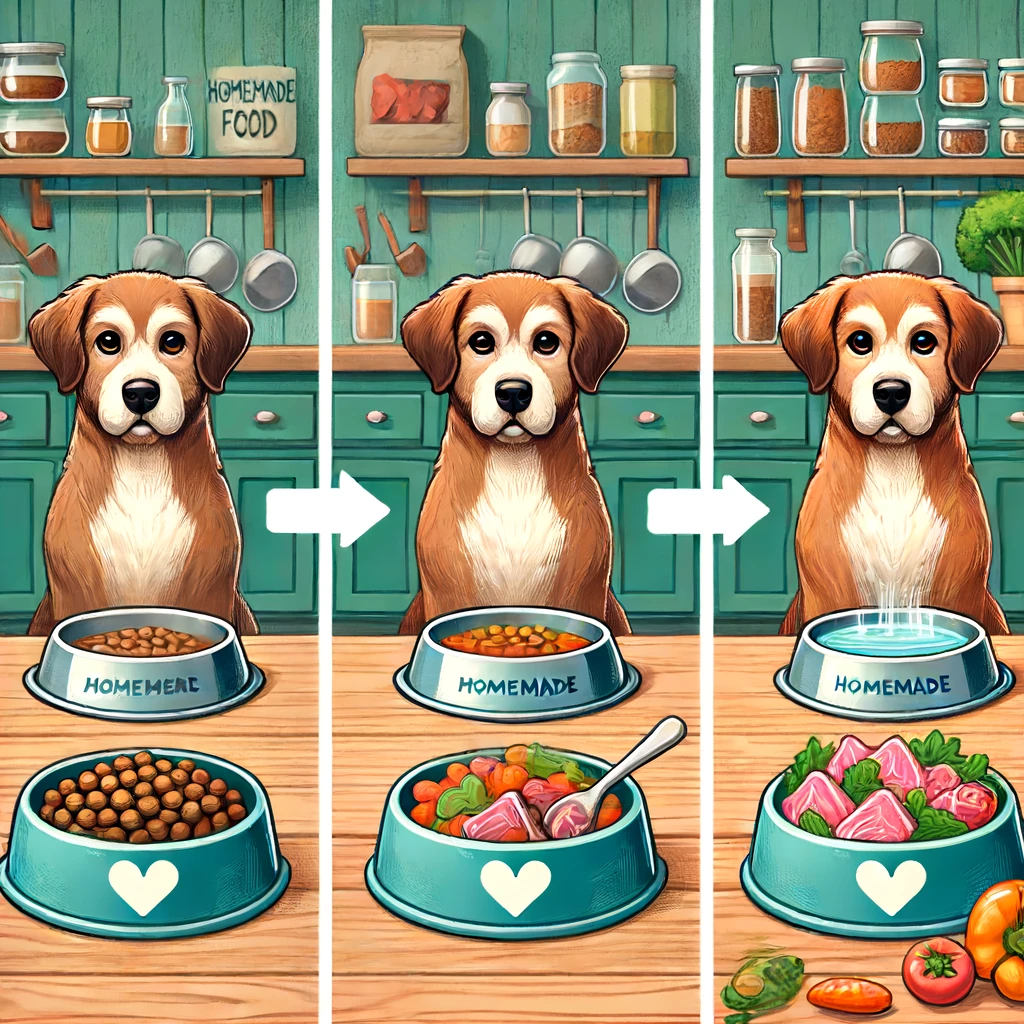
Shifting your senior dog’s diet to homemade meals is akin to introducing a new culture of nutrition, which requires a gentle approach to ensure their system warmly welcomes the change. Begin by intertwining a modest portion of the homemade concoction with their usual meal, slowly amplifying the homemade ratio over a span of a week or more. This incremental change helps their digestive system adjust without shock, maintaining the joy of mealtime. Keep a keen eye on how they react to their new diet—enthusiasm at mealtime and the nature of their stools are good indicators of how well they’re adapting.
The journey to homemade meals is a path paved with good intentions and requires a mindful strategy. It’s advisable to incorporate the new diet piece by piece, not all at once, to avoid overwhelming your furry companion’s digestive system. Think of it as blending two worlds, where each day, the scale tips a bit more towards the fresh, homemade side. Observing your dog’s reaction to this shift is crucial; any signs of discomfort should prompt a slower transition to ensure their comfort and health.
Embarking on the transition to homemade meals invites an opportunity for exploration and adjustment. By weaving in small amounts of the new diet with the old, the process becomes less about replacement and more about integration. This method respects your dog’s current dietary habits while gradually acclimating them to a new way of eating. Patience is key during this time, as each dog will respond uniquely to dietary changes. Continuous observation and slight modifications along the way will ensure a smooth transition, keeping your senior dog’s well-being at the forefront of this nutritional journey.
Introducing your senior dog to the world of homemade meals should feel like a culinary adventure rather than a dietary upheaval. By substituting a small portion of their standard fare with your nutritious home-prepared food, you’re inviting them to taste and experience the change slowly. This slow introduction helps mitigate any digestive issues and allows you to gauge their acceptance of new flavors and textures. Monitoring their response, both in terms of appetite and digestion, can offer valuable cues for adjusting the pace of the transition, ensuring it’s a positive experience for both of you.
Consulting with a Vet Before Making Dietary Changes
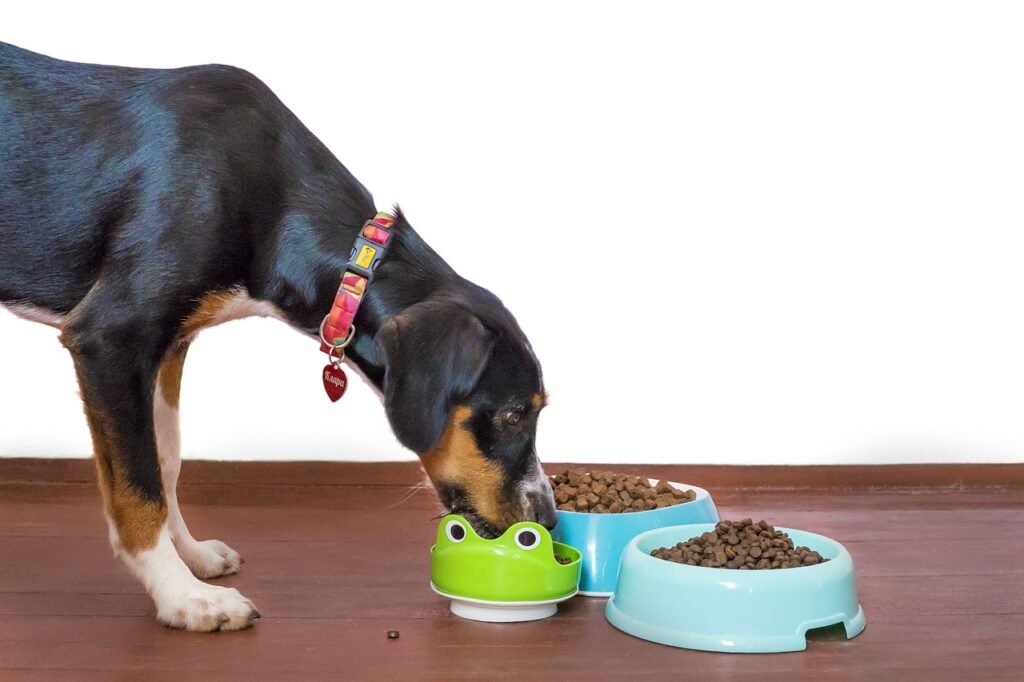
Venturing into the realm of homemade meals for your senior dog is a journey that should begin with a conversation with your veterinarian. This professional insight ensures that the dietary changes you’re considering are tailored to your dog’s specific health requirements. Your vet can offer invaluable advice on the nutritional needs and potential adjustments required to keep your senior dog thriving. They may also suggest routine checkups to monitor the impact of these dietary changes on your dog’s overall health, providing a safety net for this transition.
When planning a switch to homemade meals for your furry companion, it’s crucial to involve your vet in the process. This isn’t just about getting a nod of approval but engaging in a detailed discussion about your dog’s unique health profile. Your veterinarian’s expertise can guide you in selecting the right ingredients and recipes that align with your dog’s existing conditions, ensuring the dietary shift supports their wellness journey. They can even help you understand how to watch for signs that your dog’s diet is benefiting them as expected.
Your vet’s role in your senior dog’s dietary overhaul is indispensable. They possess the knowledge to help you navigate through the myriad of nutritional options, ensuring your homemade meals contribute positively to your pet’s health. This partnership with your vet not only safeguards your dog’s health during this transition but also empowers you with the confidence to make informed decisions about their diet. It’s about creating a collaborative plan that champions your senior dog’s health and happiness.
Embarking on the transition to homemade meals for your senior dog brings with it the responsibility to consult with your veterinarian. This step is fundamental in crafting a diet that not only delights their taste buds but also addresses their specific health challenges. Your vet can help you balance the nutritional content, steering clear of ingredients that might exacerbate existing conditions, and introducing those that could offer therapeutic benefits. This collaborative effort ensures your senior dog receives the utmost care through their diet, under the watchful eye of veterinary science.
Monitoring Your Senior Dog’s Health and Adjusting Meals Accordingly

As you embark on this culinary journey with your senior dog, paying close attention to their reaction to the new diet is paramount. Observing subtle changes in their demeanor, appetite, and physical appearance can offer insights into how well they are adapting to homemade meals. These observations can act as a guide, allowing you to tweak recipes and ingredients to better suit their needs and preferences.
Navigating the transition to homemade meals demands a keen eye for detail. Notice if there’s an improvement in their coat’s sheen or if they seem more eager during mealtimes, as these are positive indicators of their body’s acceptance of the diet. Conversely, any signs of discomfort or disinterest should prompt an immediate reevaluation of the meal plan, ensuring it aligns with their nutritional needs and health status.
Maintaining an open line of communication with your veterinarian throughout this process cannot be overstressed. They can offer expert advice on the observed changes and suggest dietary adjustments based on a thorough evaluation of your dog’s health. This collaborative approach ensures that the homemade diet not only meets your dog’s taste preferences but also supports their overall health and well-being.
In the quest to provide the best for your aging companion, it’s important to remember that their dietary needs may evolve. Regular check-ups and nutritional assessments become crucial in ensuring that the homemade meals continue to support their health. Adjustments to the diet may be necessary to accommodate changes in their health status or activity level, emphasizing the importance of a flexible and attentive feeding strategy.
Embrace the journey of homemade meal preparation as an ongoing dialogue with your senior dog’s health. By staying observant and responsive to their needs, and in partnership with your veterinarian, you can ensure that each meal brings them not just satisfaction but also the nutritional support they need to thrive in their golden years.
